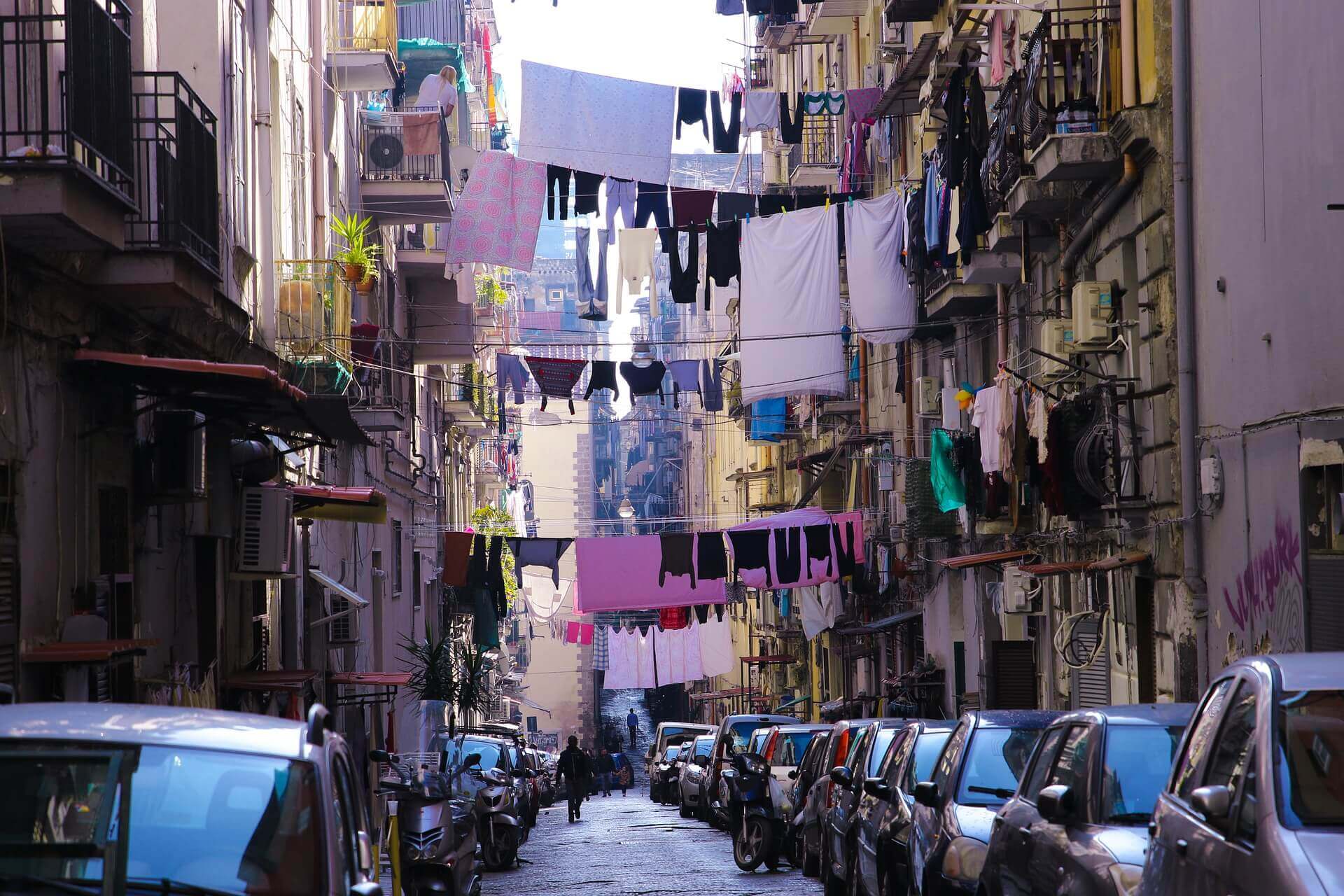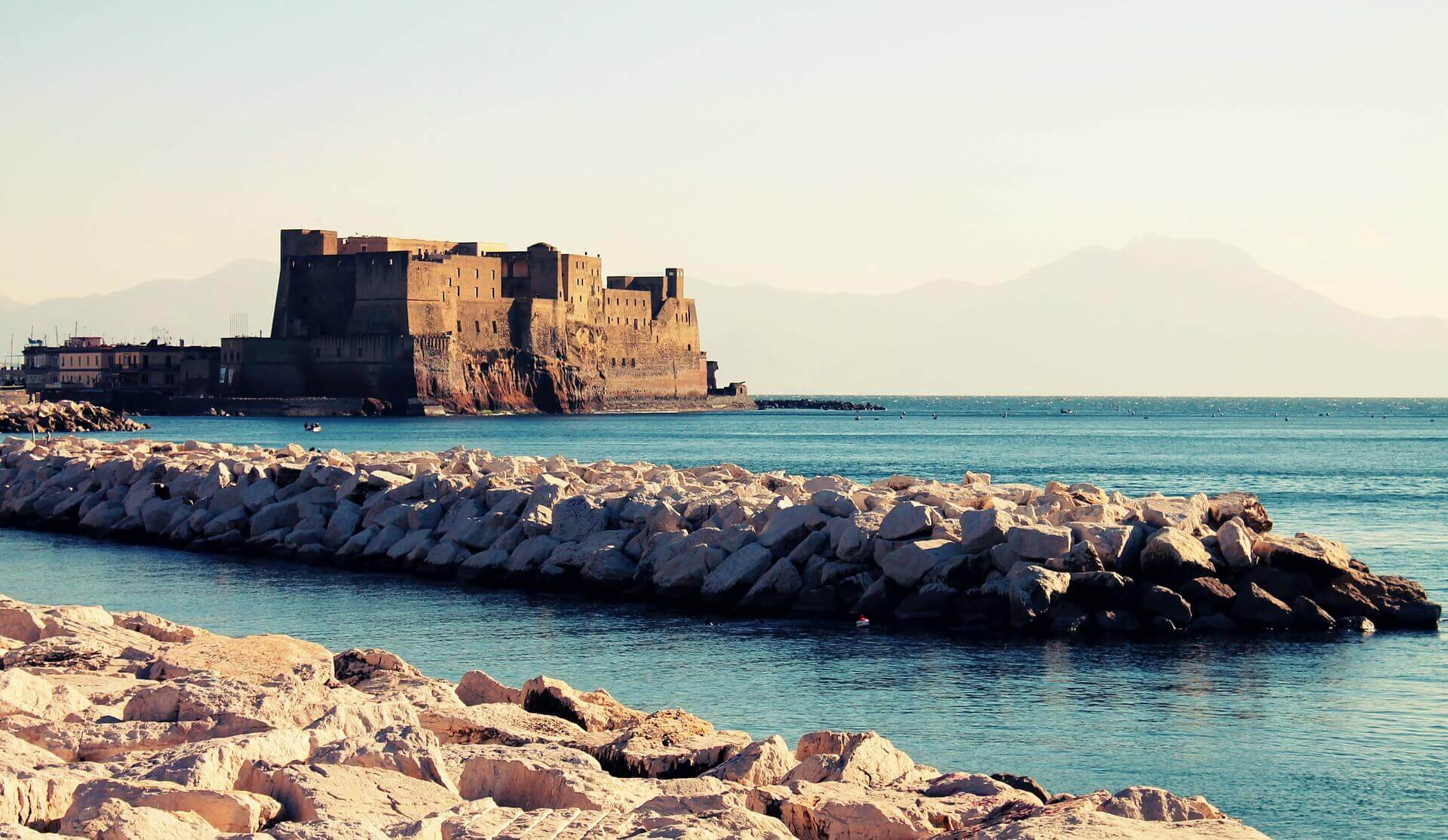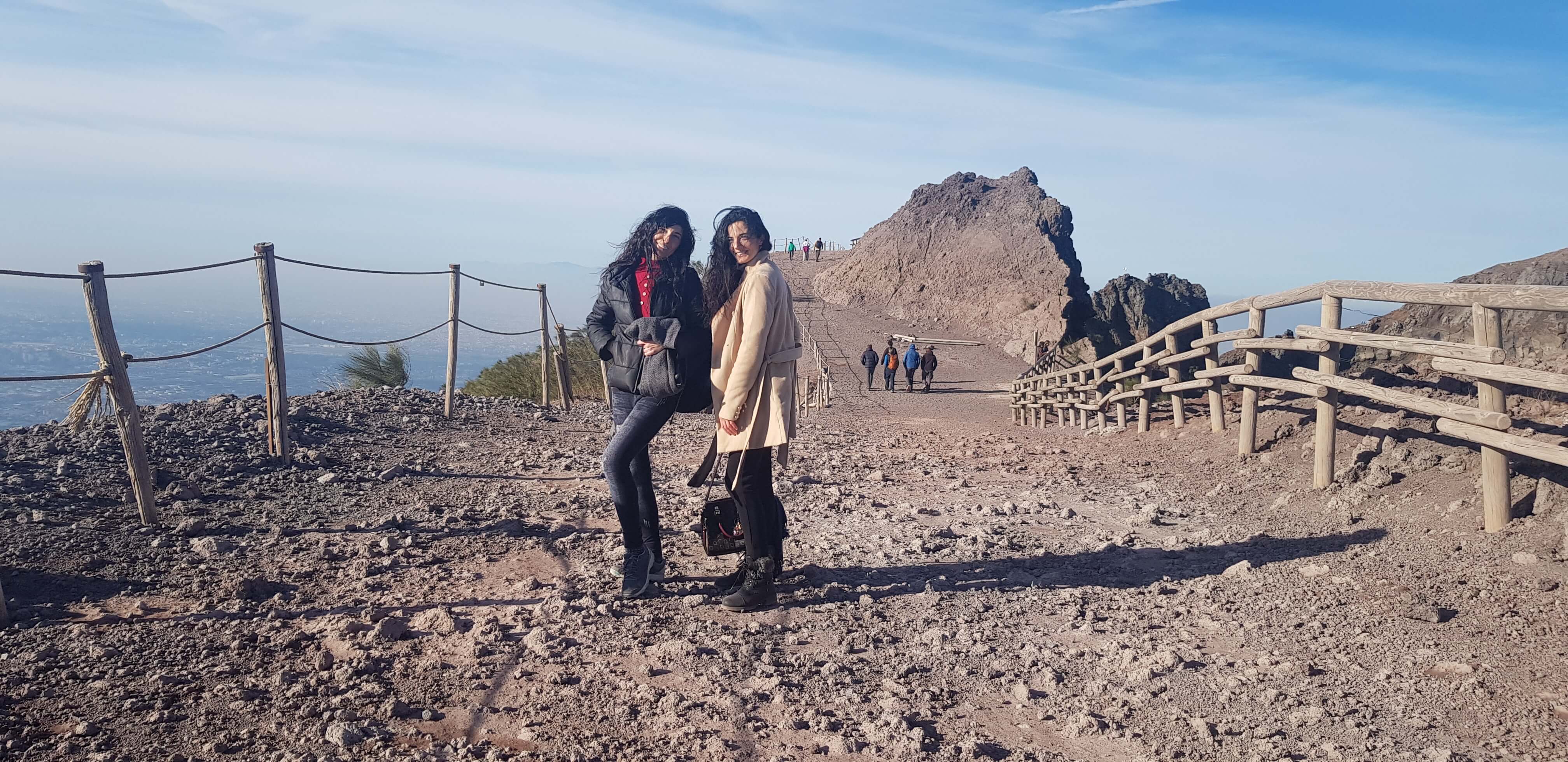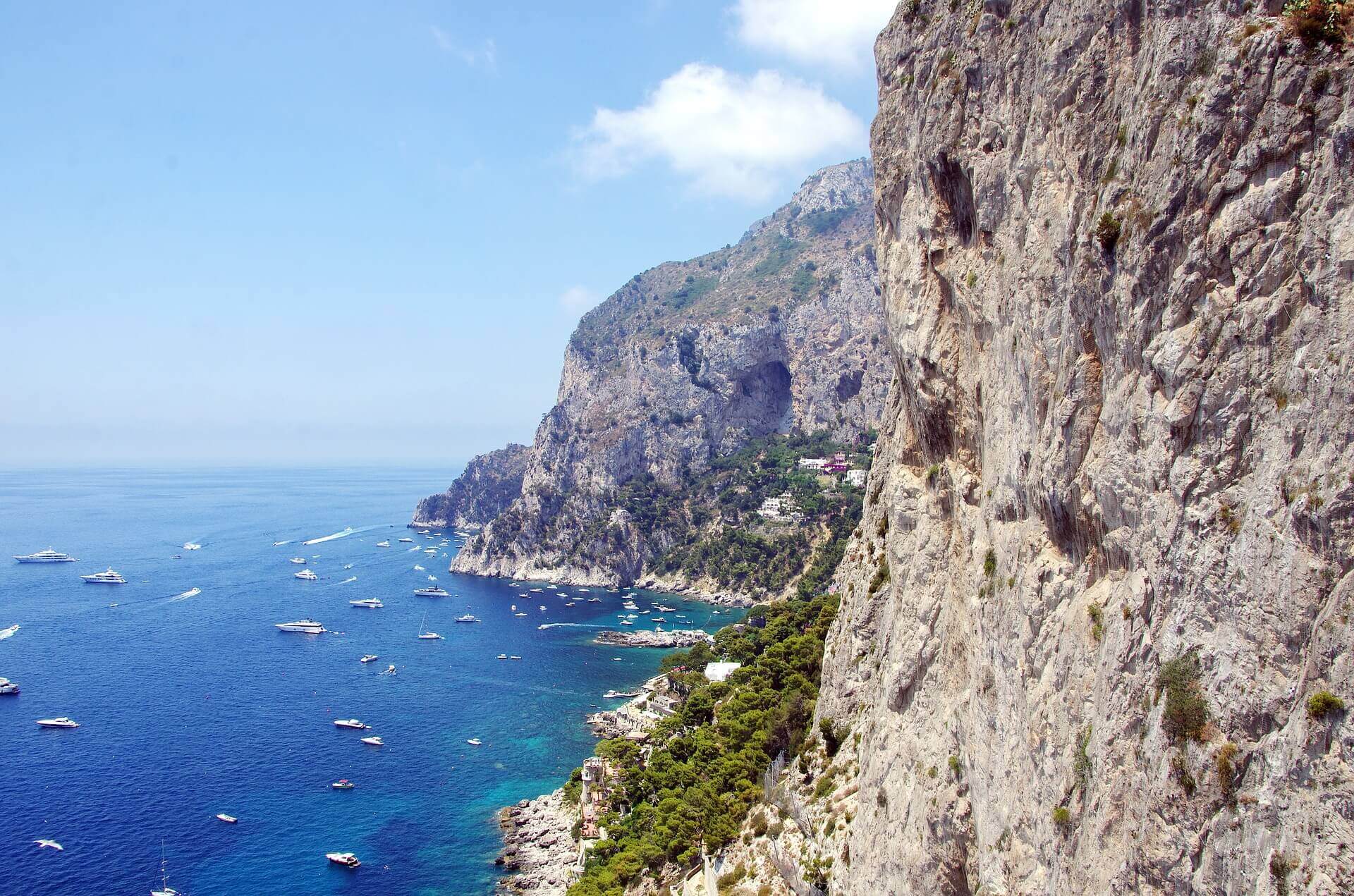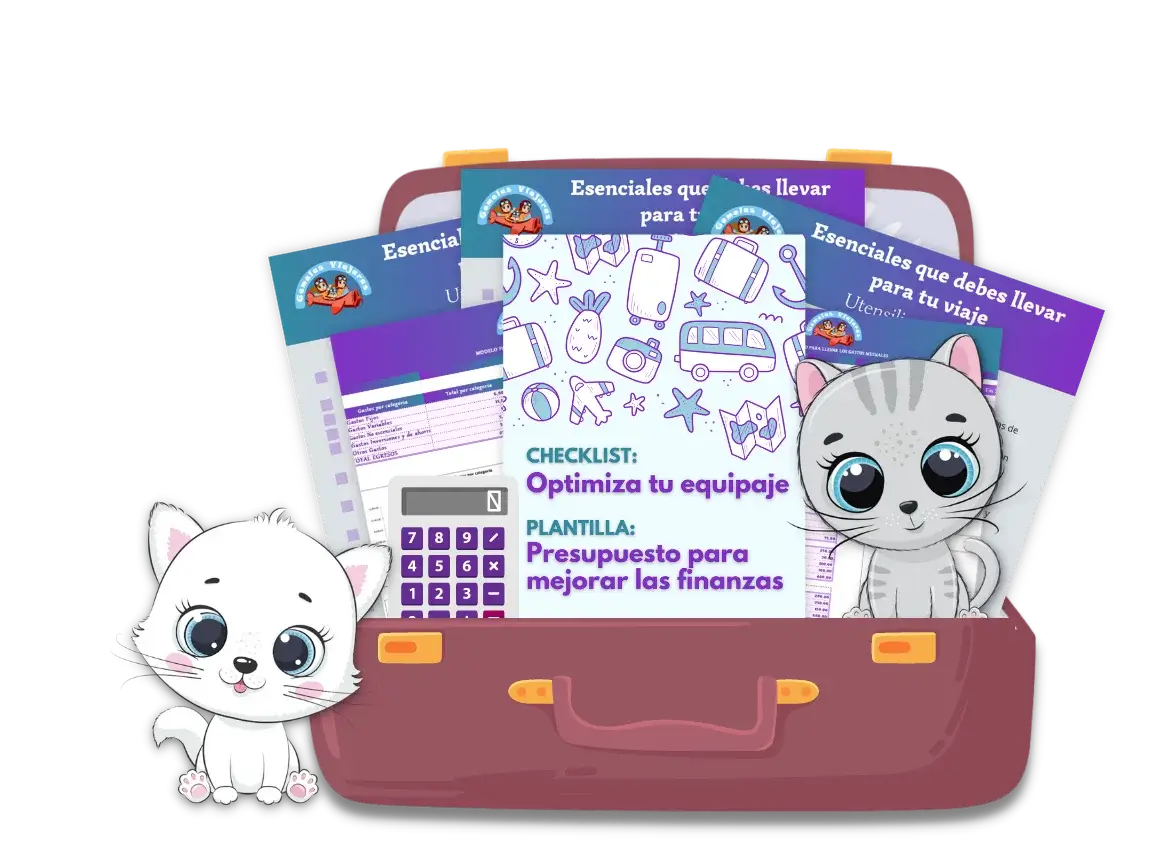The city of Naples is like a summary, a microcosm of Italy. It is a city of contrasts with all the good and the bad that can be found. But it is precisely that paradoxical character that gives it that unique air that differentiates it from the rest of Italy.
Here, we tell you about this fascinating Italian city.
Native People
Definitely, the most endearing and picturesque part of Naples is its name. The Neapolitan is very friendly. We find the Neapolitan quite similar to the Latin American. He is a joker, warm, proud, quarrelsome… but with a big heart.
There are dangerous parts in this city, but if you avoid them and use common sense, nothing will happen to you.
We liked the tourist area, but its greatest charm is meeting the Neapolitan on foot.
A chaotic city
Favored for its status as a port, Naples is a city of immigrants. The vast majority of them arrive in conditions of poverty. This produces the ideal breeding ground for crime and unemployment. Pickpockets abound.
Naples is a chaotic city. They have a problem with garbage in public places. It is everywhere. Apparently, it is a chronic issue of unpaid wages to cleaning workers and they go on strike.
On the other hand, there is a lot of nightlife: the vibration of this city is special. We have known few cities with such a varied and active nightlife as this one.
In Naples, as in the rest of Italy, you eat very well. Here the food is cheap. Pasta with Neapolitan sauce and pizza is the national menu. Naples is credited as the birthplace of pizza. In fact, there is the Pizzafest, an eleven-day festival to taste the varieties of this dish known throughout the world.
Semblance
Coexisting with the fashionable “rumba” sites is the great religiosity of the Neapolitan. You will see cathedrals and churches everywhere.
The castles and fortresses, on the other hand, communicate the rich history that Naples keeps.
The narrow streets look like something out of a Vittorio de Sica movie. Above your head you will see a tangle of cables to hang clothes. It is so characteristic that we ate in a very nice and delicious restaurant and the decoration consisted of clothes hanging on cables from the ceiling, while on the wall there were pots and other utensils.
In Naples there is a cult for the footballer Maradona. In the 1980s Maradona led the modest Neapolitan soccer team, Napoli, from an obscure second division team to European Champion. And this is engraved in the Neapolitan soul.
Street art is notable, represented by the numerous graffiti, especially in the Spanish Quarter.
Public Transport
If you are used to highly regulated cities, getting around Naples can be a challenge. We, who used to go from one place to another in Caracas, did not have major inconveniences,
The bus service is very irregular, it never arrives on time. The words “punctuality” and “Neapolitan” will hardly be seen in the same sentence. The Neapolitan takes life easy.
It is better to travel by metro, which is chaotic during peak hours.
You must be very careful as a pedestrian with motorcycles. There are a lot of them, like vespas, on the street and they look like flies. You have to be very careful with them in narrow alleys because drivers do not respect the pedestrian’s right of way or traffic signals.
The traffic lights are a suggestion for the Neapolitan. They don’t stop at a red light if there are no people passing by. You must make signs that you are going to pass when it corresponds to warn that you are going to cross the street. Never take for granted that they will stop at a red light.
Lungomare
The Lungomare di Napoli is a route of about 3 km that borders the sea and offers one of the most beautiful “views” in the world, capable of fascinating tourists, but also the inhabitants themselves who crowd the splendid promenade throughout the anus.
The Lungomare promenade is the most high-profile area in Naples. There are the best hotels, the best restaurants and designer shops. There is a vibrant life day and night and it is a very safe promenade.
From Lungomare you can also visit the Castle of the Wolf, from where you can appreciate the beautiful views of the Gulf of Naples. Free entrance.
Vesuvius
From Naples you can take a day to visit Vesuvius, the volcano in front of the city. It is one of the few active volcanoes that is safe to visit.
You access the volcano area after a bus ride of half an hour and 6.20 euros round trip. Then, you continue the ascent on foot to the crater of the volcano itself.
You should wear warm clothes because it is cold up there. The crater is 1280 meters high. The bus stops for passengers to buy their ticket to Vesuvius. There are viewpoints from where you can see incredible views of the Gulf and the city.
This walk is amazing, because it turns out that Vesuvius is one of the most dangerous volcanoes in the world. it is prone to violent explosions that can affect more than three million people who live in the vicinity. Including the city of Naples.
The eruption of Vesuvius in AD 79 was by far his most famous explosion, though not his most powerful. He destroyed the cities of Pompeii, Herculaneum and other settlements. There are several movies that dramatize this fact.
Capri
Taking a ferry from the Neapolitan port you can visit the island of Capri. A real contrast to Naples. Its beautiful beaches, pleasant climate all year round, infrastructure of luxury services and opulent history since the Roman Empire have made this island one of the destinations for the international jetset and, today, a mecca for gay tourism.
Conclusions
Naples is listed as the less safe and the third largest city in Italy. It is a UNESCO heritage site and is the birthplace of pizza.
Naples, this city of contrasts is well worth visiting. In our personal experience it was even more so, because it inevitably reminded us of the city where we were born and grow up : Caracas.
The hospitality and warmth of its local people, a perfect match with its weather, its delicious gastronomy and attractions for all tastes: from historical and artistic to the exuberant nightlife and from the sacred to the profane, have made it, despite its problems, into a world centre for tourism in Italy.
